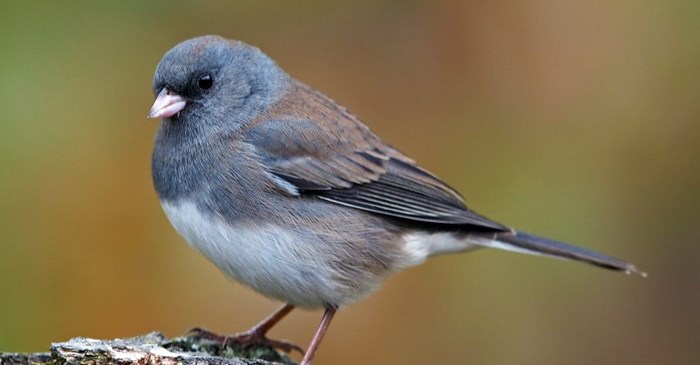This year marks the centennial of the Migratory Bird Treaty Act. The act was an early landmark in conservation, at a time when birds were under intense hunting pressure and many of the public still regarded nature as inexhaustible.
In honor of this milestone, nature lovers around the world and more than 50 organizations including National Geographic, Audubon, and the Cornell Lab of Ornithology, are joining forces to celebrate the “Year of the Bird” to help protect birds today and for the next hundred years.
What is the Migratory Bird Treaty Act?
The Migratory Bird Treaty Act was signed by the United States and Canada in 1918 for the purpose of ending the commercial trade in feathers. Around the turn of the 20th century, the long breeding plumes on many bird species were highly prized fashion accessories, and thousands of birds were indiscriminately killed for this purpose. This led to the formation of many conservation organizations, including the Massachusetts and National Audubon Societies, which in turn helped lobby for the passage of the act.
The treaty prohibited the hunting, killing, capturing, possession, sale, transportation and exportation of migratory birds, and their feathers, eggs and nests. It also provided for the establishment of refuges to protect bird habitat, and it encouraged the monitoring of bird populations for conservation purposes. Amendments to the initial treaty extended its range to include other nations: Mexico in 1936, Japan in 1972 and the USSR (now Russia) in 1976 are all included in the act today.
Although many of the birds that are protected by the treaty are not long-range migrants, it can be argued that even “year-round" birds move around in search of local food sources, and are thus afforded protection under the act.
Over 1,000 bird species are currently protected.
How can you #BirdYourWorld?
Take the Year of the Bird Pledge, and receive an email each month suggesting a small action you can take towards building a better world for birds and our planet. “Collectively, our small actions for conservation, stewardship, and citizen science will make a difference for birds and nature,” said Miyoko Chu, Cornell Lab senior director of communications.
